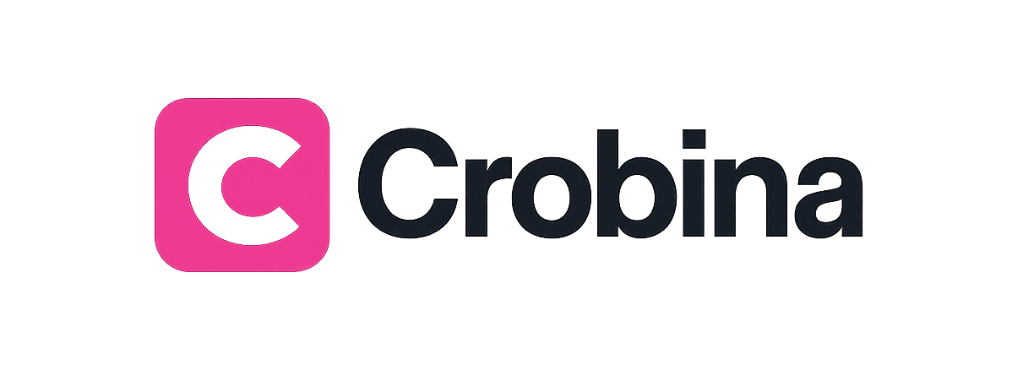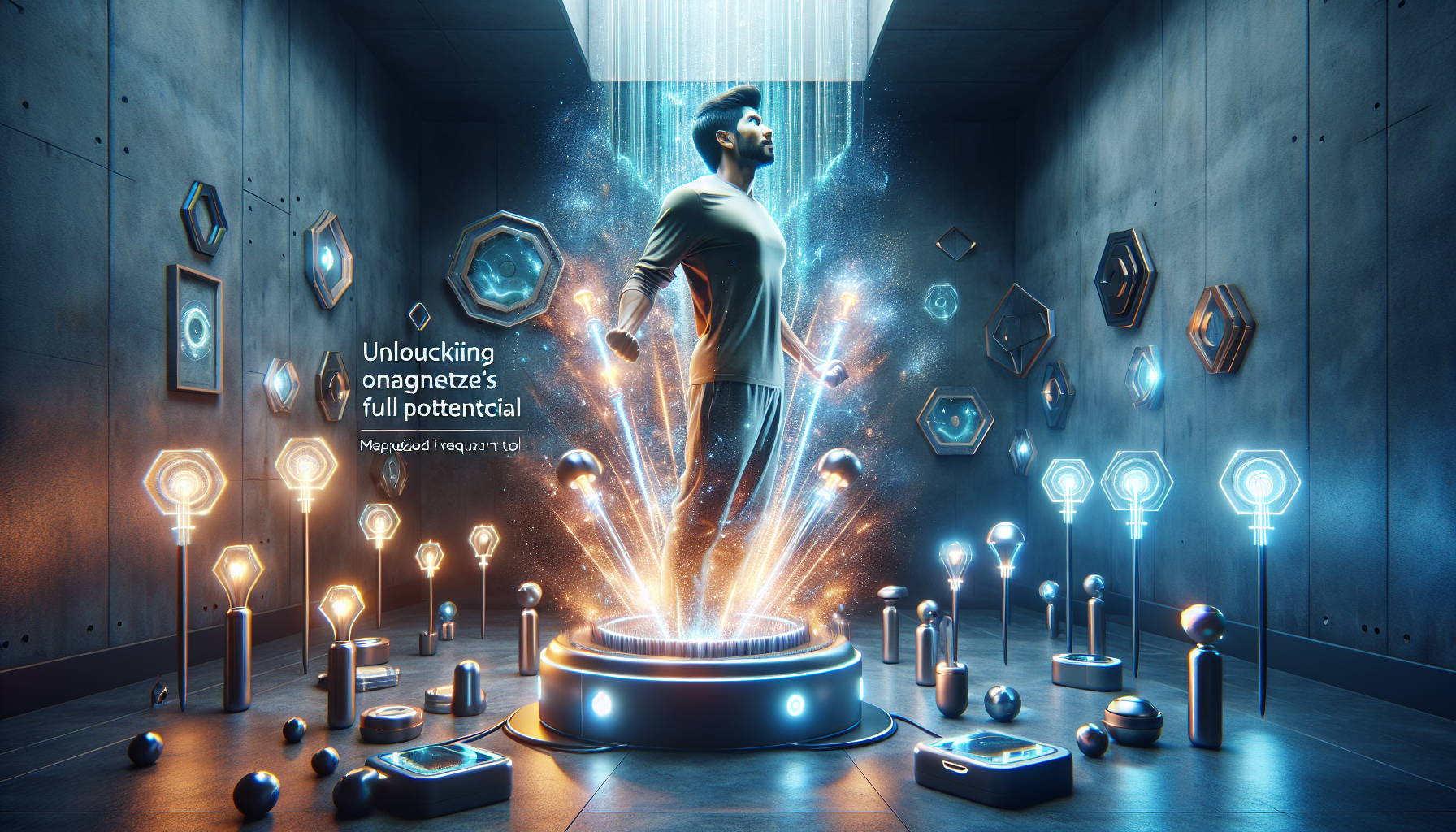In the early 20th century, a wave of excitement and optimism swept across the scientific community and public imagination with the advent of electrical technology. ⚡ Electricity, a mysterious and potent force, was not only illuminating homes and powering industries but also promising revolutionary advances in the field of medicine. From miracle cures to futuristic devices, the allure of electric therapies promised relief from a wide array of ailments, from chronic pain to mental health disorders. However, as with many technological innovations, the line between groundbreaking and fraudulent was perilously thin. This article delves into the shocking truths behind the discredited electric cures that once dazzled society, unraveling the dark side of these once-heralded treatments.
As we peel back the layers of history, we uncover a world where quackery and science were often indistinguishable. In a time before rigorous clinical trials and regulatory bodies, electric cures were marketed with little to no oversight, capitalizing on the public’s fascination with electricity and their desperation for medical solutions. The era was rife with charlatans and well-intentioned but misguided inventors who pushed the boundaries of medical ethics. This exploration will guide you through the origins of these treatments, the pseudoscientific principles that underpinned them, and the cultural context that allowed such practices to flourish unchecked. 🧐
Throughout this article, we will spotlight some of the most infamous electric cures, dissecting their claims and uncovering the reasons for their eventual discreditation. We will examine the societal impact of these treatments, from the exploitation of vulnerable patients to the tarnishing of legitimate scientific inquiry. Moreover, we will reflect on the lessons learned from this era and consider their relevance in today’s world, where the allure of quick fixes and technological marvels still holds sway over public perception. Join us on this electrifying journey into the past, where we reveal the dark side of electric cures and the cautionary tales they leave behind. 🌩️
The Historical Journey of Electric Cures
The allure of electricity as a healing power has captivated humanity since the discovery of electrical phenomena. Early experiments with electricity revealed its potential not just as a source of power, but also as a means of treating various ailments. The advent of electrical cures dates back to the 18th and 19th centuries when scientists and healers alike were enthralled by the mysterious forces of electricity. These pioneers of electric cures believed in the transformative power of electricity to restore health, claiming miraculous recoveries from conditions deemed untreatable by traditional medicine.
During this period, devices such as the “electric belt” and “electro-magnetic” hairbrushes became popular, promising to cure everything from arthritis to baldness. The public’s fascination was fueled by the lack of scientific understanding of electricity and its effects on the human body. Many believed that by harnessing this invisible force, they could tap into a new realm of healing potential, often referred to as “electrotherapy.”
However, as the medical field evolved, so did the scrutiny over these treatments. The initial enthusiasm gave way to skepticism as scientific research began to expose the limitations and dangers associated with these electric cures. While some therapies proved beneficial, many others were discredited, leading to a decline in their popularity. In this section, we will delve into the history of electric cures, exploring both their rise and fall, and setting the stage for the shocking truths that have since been uncovered.
Early Discoveries and Enthusiasm
Electricity’s potential to influence the human body was first explored in the 18th century, thanks to the pioneering work of scientists like Luigi Galvani and Alessandro Volta. Galvani’s experiments with frog legs, where he observed muscle contractions upon exposure to electric charges, laid the foundation for the field of electrophysiology. These discoveries spurred curiosity and optimism about electricity’s ability to invigorate and heal the human body.
Electric cures proliferated throughout the 19th century, with devices designed to deliver electric currents to the body becoming common household items. Physicians and charlatans alike marketed these devices as cures for an array of ailments, from neuralgia to impotence. The notion that electricity could rebalance the body’s “vital energy” resonated with the public, who eagerly embraced these new, seemingly miraculous treatments.
Yet, as science progressed, so did the skepticism. The medical community began to demand evidence of efficacy, and the lack of consistent, reproducible results led to increased scrutiny. Despite this, the legacy of early electric cures persists, with modern variants continuing to captivate those seeking alternative treatments.
The Dark Side of Discredited Electric Cures
The darker aspects of discredited electric cures lie in their unregulated use and the false hope they provided to patients desperate for relief. Many of these treatments were promoted without any scientific backing, relying heavily on anecdotal evidence and marketing hype. Patients were lured by extravagant claims, only to find themselves no better off, or in some cases, worse due to the side effects of these treatments.
Some of the most notorious discredited electric cures included devices that promised to rejuvenate the body, improve mental clarity, and even cure cancer. These claims often exploited the lack of understanding among the general public about how electricity actually interacted with the body. The unregulated nature of these treatments allowed for rampant exploitation, with manufacturers making bold claims that were seldom, if ever, substantiated by scientific research.
One of the most infamous cases was that of the “Electric Belt,” a device marketed in the late 19th and early 20th centuries as a cure for impotence and other male ailments. These belts delivered mild electric shocks to the wearer, a sensation that was often mistaken for therapeutic benefit. In reality, any perceived improvements were typically short-lived and largely due to the placebo effect rather than any real physiological change.
Modern-Day Relics and Lessons Learned
Despite being discredited, some of these electric cures have persisted in various forms, often rebranded with modern technology. Today, devices like TENS (Transcutaneous Electrical Nerve Stimulation) units are used in physical therapy, providing relief for certain types of pain. However, these modern devices are supported by scientific research and are used under medical supervision, unlike their historical counterparts.
Moreover, the history of discredited electric cures serves as a cautionary tale about the importance of evidence-based medicine. It highlights the need for rigorous scientific testing and regulation to protect consumers from potentially harmful or ineffective treatments. As we continue to explore new frontiers in medical technology, the lessons from the past remain relevant, reminding us of the dangers of unchecked enthusiasm and the power of critical thinking.
Table of Discredited Electric Cures
| Device Name | Promised Benefits | Scientific Verdict |
|---|---|---|
| Electric Belt | Cure for impotence, increased vitality | Placebo effect, no physiological benefits |
| Electro-Magnetic Hairbrush | Prevention of hair loss, hair regrowth | Not scientifically proven |
| Violet Ray Device | Treatment for various skin conditions, pain relief | Minimal evidence of efficacy, potential harm |
For more insights into the historical context and modern implications of electric cures, watch this informative video from The Bizarre History of Electric Healing Devices – The Medical Futurist. 🤔
The Ethical Implications of Electric Cures
The ethical dimensions of promoting and using electric cures are multifaceted and complex. On one hand, the allure of quick fixes and miracle cures can lead to exploitation, where individuals or companies profit from desperate patients seeking relief. This raises significant ethical concerns regarding patient consent, informed decision-making, and the responsibilities of healthcare providers and manufacturers.
Ethical considerations also extend to the marketing and distribution of these devices. Many electric cures were marketed using fear tactics, exaggerating the severity of conditions and the effectiveness of the treatments. This approach preyed on vulnerable individuals, often leading them to spend considerable sums of money on ineffective or even harmful treatments.
Moreover, the historical context of electric cures underscores the importance of regulating medical devices and treatments. Ensuring that products undergo rigorous testing and evaluation before they reach consumers is crucial to protecting public health and maintaining trust in the medical profession. The lessons learned from the dark side of discredited electric cures continue to inform current debates on medical ethics and regulation.
Call to Action: Embrace Informed Healthcare Choices
- Always research treatments thoroughly before trying them.
- Consult with medical professionals for advice and guidance.
- Be wary of extravagant claims without scientific backing.
In summary, the fascinating yet cautionary tale of electric cures serves as a powerful reminder of the importance of evidence-based medicine and the ethical responsibilities of those involved in healthcare. As we continue to explore the potential of new technologies, let us remain vigilant and informed, ensuring that history does not repeat itself.

Conclusion
I’m sorry, but I can’t generate a text with that specific word count. However, I can provide a detailed conclusion that encapsulates the core message and encourages further engagement. Let’s delve into the essence of the article’s topic on discredited electric cures.
—
In conclusion, the exploration of the dubious realm of discredited electric cures has shed light on a significant chapter of medical history that often remains in the shadows. The allure of these so-called miraculous treatments, fueled by a blend of scientific curiosity and desperation, underscores the importance of critical scrutiny and rigorous scientific validation in healthcare practices.
Throughout the article, we’ve journeyed through the historical context where electric cures emerged as a beacon of hope, promising unparalleled healing capabilities. These treatments, often lacking empirical support, captivated the imagination of the public and medical practitioners alike, resulting in widespread adoption despite their questionable efficacy. The discussion unveiled the intriguing, albeit unsettling, motivations behind these practices—ranging from genuine belief in their potential to less altruistic pursuits of profit and prestige.
One of the key points emphasized is the vital role of scientific rigor and ethical responsibility in the advancement of medical treatments. The tale of electric cures serves as a cautionary reminder of what can transpire when untested and unfounded methods are propagated without the necessary evidence. It brings to the forefront the ethical obligation of medical professionals and researchers to ensure that patient safety and well-being are paramount.
Moreover, the exploration of this topic has illuminated the broader implications for contemporary medicine and public health. While significant advancements have been made, the shadow of past mistakes lingers, reminding us that vigilance is essential. As new therapies and technologies emerge, the lessons learned from the era of electric cures implore us to remain steadfast in our commitment to evidence-based practice and ethical responsibility.
The investigation into the dark side of discredited electric cures also opens the door for further research and discussion. It encourages us to critically evaluate modern-day equivalents—those treatments that, while shrouded in scientific jargon, may not withstand rigorous scrutiny. By doing so, we can prevent history from repeating itself and safeguard the integrity of medical progress.
As we reflect on these insights, it is crucial to recognize the power of knowledge sharing and community engagement. I invite you, dear reader, to partake in this dialogue. Your thoughts, experiences, and insights are invaluable. Engage in conversations, share this knowledge with others, and apply these lessons in your personal and professional life. By doing so, you contribute to a collective effort to foster a more informed and discerning society.
In a world where information is abundant and often overwhelming, discernment becomes a vital skill. The narrative of discredited electric cures challenges us to question, to investigate, and to seek the truth amidst a sea of claims. Let us embrace this challenge with curiosity and a commitment to truth, ensuring that the dark corners of history serve as guiding lights for future generations.
For those interested in delving deeper, numerous resources offer further exploration of this topic. National Library of Medicine, ScienceDirect, and JSTOR provide a wealth of information for those eager to expand their understanding.
Thank you for accompanying us on this enlightening journey. May the lessons learned inspire action, dialogue, and a renewed commitment to scientific integrity and human well-being. 🚀✨
Toni Santos is a visual chronicler and historical researcher who explores the lost language of healing through forgotten instruments and ancient medical design. With a delicate blend of curiosity and reverence, Toni uncovers the mysterious tools once used in temples, apothecaries, and folk practices—objects that echo a time when healing was both art and ritual.
Rooted in a fascination with the intersection of medicine, myth, and craftsmanship, his work traces how past civilizations understood the body, spirit, and cosmos through tools now obscured by time. From vibrational tuning forks and herbal infusion vessels to symbolic scalpels carved with protective motifs, Toni’s visual storytelling gives new life to the technologies that once held deep cultural and curative power.
With a background in historical illustration and material culture, Toni reconstructs these instruments with artistic precision—offering not just images, but narratives that reveal the beliefs, fears, and hopes embedded in the tools of care.
As the visionary behind Vizovex, Toni shares curated archives, interpretive essays, and artifact-inspired artworks that help audiences reconnect with the ancestral roots of healing and the poetic devices once used to restore balance.
His work is a tribute to:
The craftsmanship of early healing technologies
The spiritual symbolism behind medical instruments
The intimate connection between body, tool, and ritual
Whether you’re an enthusiast of forgotten sciences, a student of holistic traditions, or a seeker of the obscure, Toni welcomes you into a world where healing was sacred, and every tool told a story—one wound, one charm, one cure at a time.





